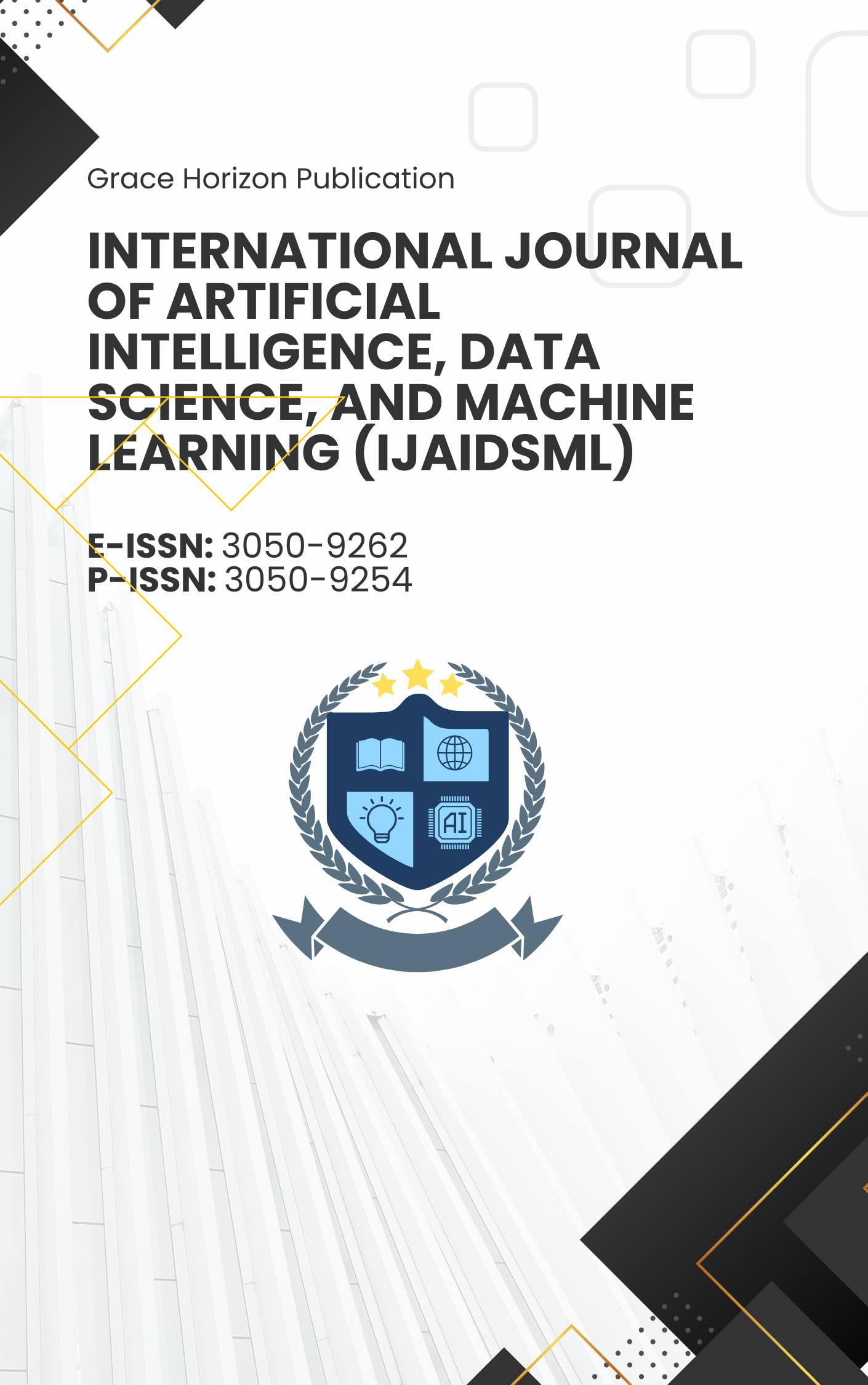Revolutionizing Forecasting with Unified Demand Forecasting for Supply Chain Retail by SAP Customer Activity Repository (CAR) using Machine Learning, Predictive Analysis, and AI
DOI:
https://doi.org/10.63282/3050-9262.IJAIDSML-V6I3P101Keywords:
Unified Demand Forecast, SAP CAR, Machine Learning, Predictive Analysis, Artificial Intelligence, Retail, Supply Chain, Inventory Optimization, Demand Influencing FactorsAbstract
In the supply chain of modern retail systems, accurate demand forecasting is vital for optimizing inventory, minimizing waste, and maximizing profitability. Traditional forecasting methods often struggle with the complexity and volatility of consumer behavior, leading to stockouts or overstock. This white paper details how SAP Customer Activity Repository (CAR) with Machine Learning (ML), Predictive Analysis, and Artificial Intelligence (AI) capabilities, can deliver the unified demand forecast which can be leveraged in SAP IBP. By leveraging real-time transactional data, external influencing factors, and advanced analytical models, retailers can achieve unprecedented forecast accuracy, enhance operational efficiency, and gain a significant competitive advantage. This paper will explore the methodologies, technical considerations, and tangible benefits of implementing such a transformative solution within the SAP ecosystem
References
[1] Tadayonrad, Y., & Ndiaye, A. B. (2023). A new key performance indicator model for demand forecasting in inventory management considering supply chain reliability and seasonality. Supply Chain Analytics, 3, Article 100026. https://doi.org/10.1016/j.sca.2023.100026
[2] Siluthanyi, M., Pradhan, A., & Yahia, Z. (2024). Scenario analysis for supply chain management of milled grain products in South Africa: A system dynamics approach. Operations and Supply Chain Management: An International Journal, 17(1), 142–163. https://doi.org/10.31387/oscmj.v17i1.3090
[3] Zhao, X., Xie, J., & Wei, J. C. (2002). The impact of forecast errors on early order commitment in a supply chain. Decision Sciences, 33(2), 251–280. https://doi.org/10.1111/j.1540-5915.2002.tb01644.x
[4] LeBlanc, L. J., & Hill, J. A. (2009). Modeling uncertain forecast accuracy in supply chains with postponement. Journal of Business Logistics, 30(1), 19–43. https://doi.org/10.1002/j.2158-1592.2009.tb00096.x
[5] Dou, L., Dai, Y., Song, H., Shen, L., & Li, H. (2023). Horizontal and vertical demand forecast information sharing in a distributive dual‐channel supply chain considering the manufacturer's product quality improvement. Managerial and Decision Economics, 44(5), 2772–2797. https://doi.org/10.1002/mde.3828
[6] Noor, S., Naseem, A., Awan, H.H. et al. Deep-m5U: a deep learning-based approach for RNA 5-methyluridine modification prediction using optimized feature integration. BMC Bioinformatics 25, 360 (2024). https://doi.org/10.1186/s12859-024-05978-1
[7] S. S. Nair, G. Lakshmikanthan, J.ParthaSarathy, D. P. S, K. Shanmugakani and B.Jegajothi, ""Enhancing Cloud Security with Machine Learning: Tackling Data Breaches and Insider Threats,"" 2025 International Conference on Electronics and Renewable Systems (ICEARS), Tuticorin, India, 2025, pp. 912-917, doi: 10.1109/ICEARS64219.2025.10940401.
















